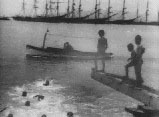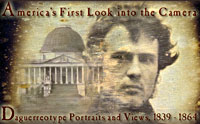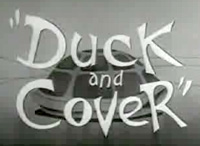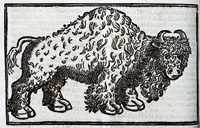Cylinder Preservation and Digitization Project

Cylinder recordings were the first commercially produced sound recordings. This extensive collection of more than 6,000 cylinder recordings from the late 19th and early 20th centuries (1890 to 1928) allows visitors to explore this era of sound recording that is often overlooked in the study of American musical history.
Users can browse the collection by performer, title, label, or year of release or they can search the collection by keyword, author, title, subject, or year. Recordings stream online and are available for download. The project overview describes the technical issues involved in the project, explains variations in recording quality, and provides a warning about the potentially offensive "dialect recordings" and why they were included. There are also links to thirty-six related websites.








